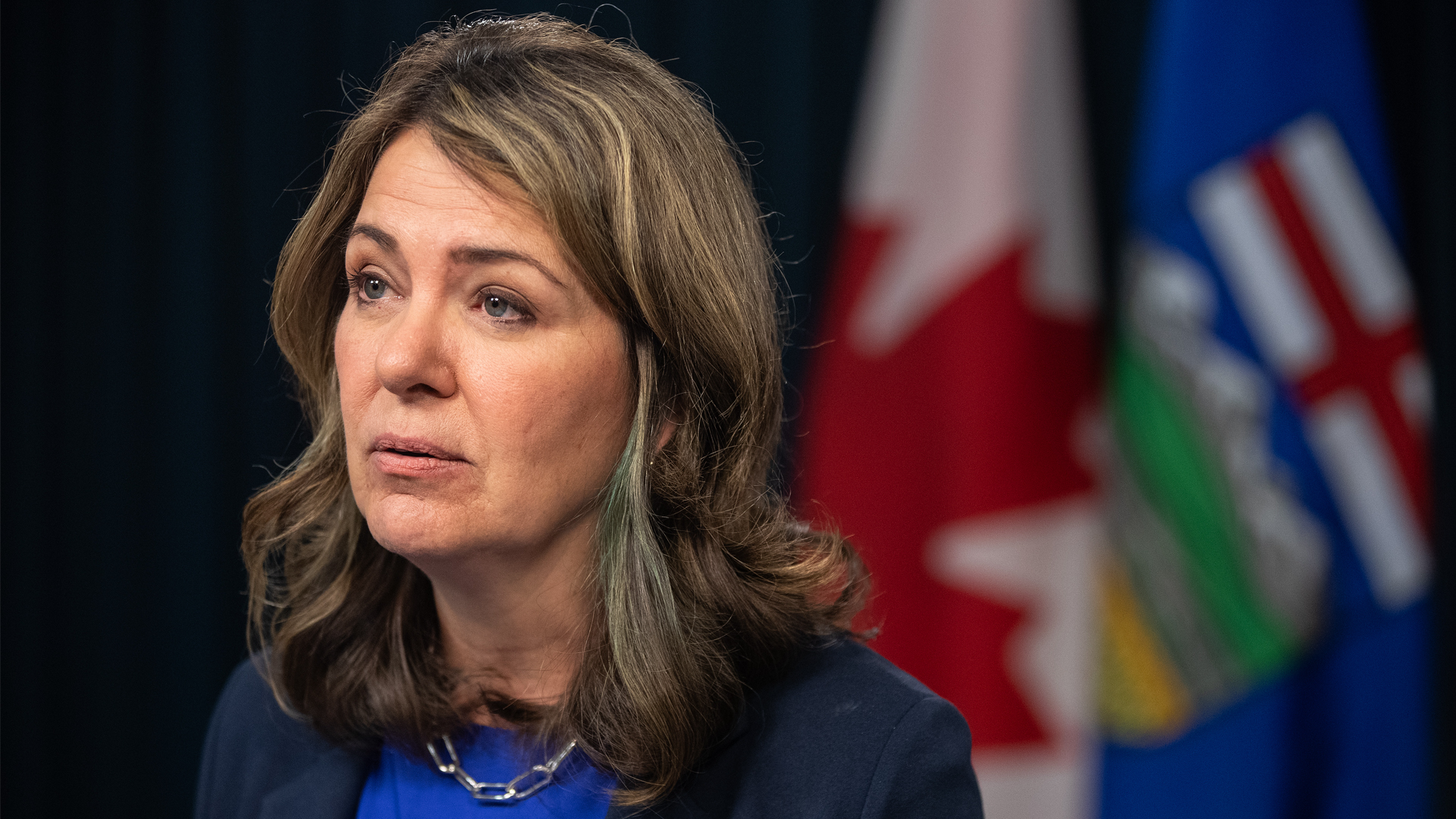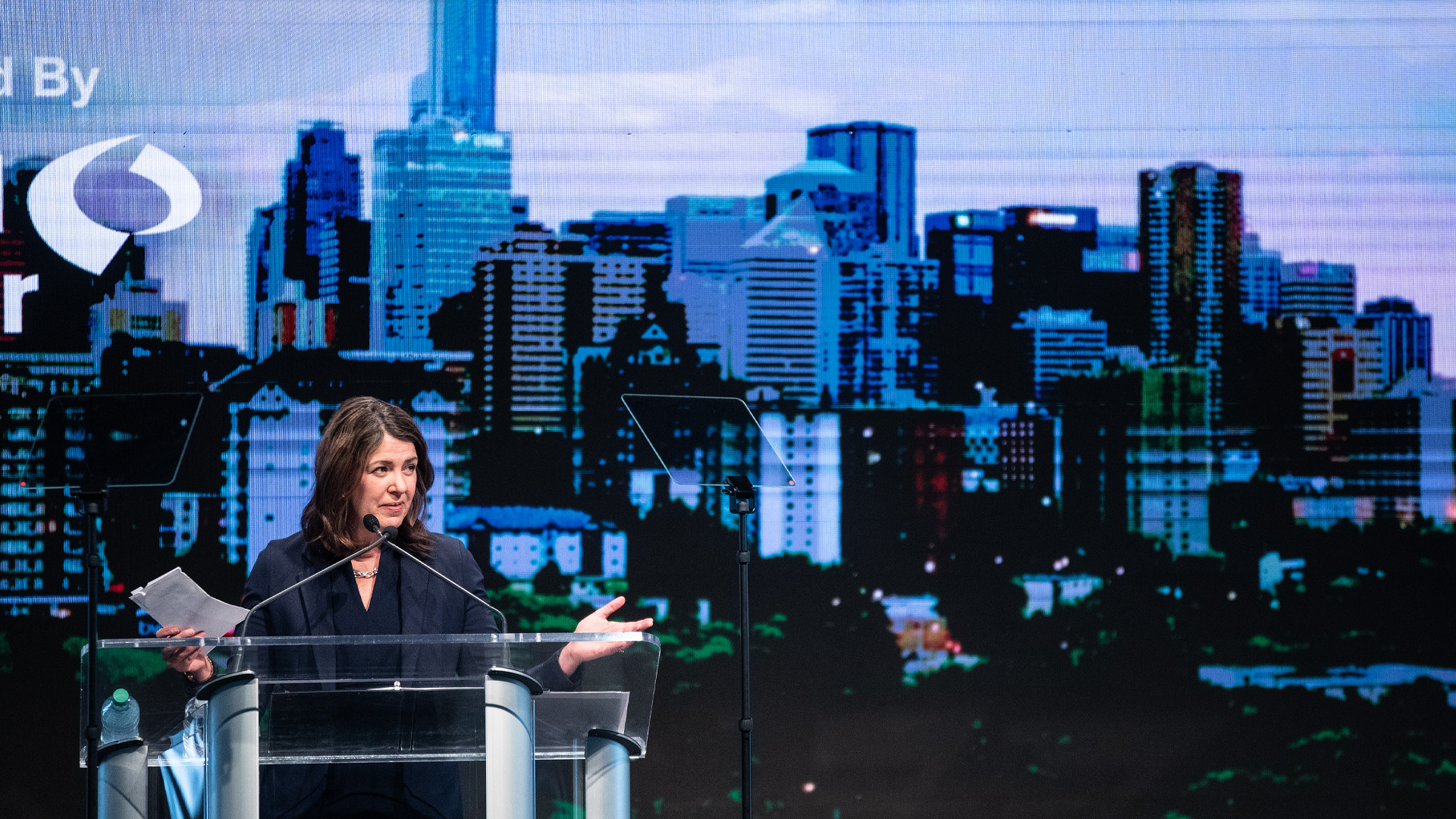
The Commissioner of the Environment and Sustainable Development recently identified weaknesses in the federal government modelling of its climate change policies. This included overly optimistic assumptions and limited analysis of uncertainties.
For Albertans, this is unfortunate. The economic and fiscal effects of federal climate change policies represent a clear and present danger for the Alberta economy and provincial government finances.
Gaps in federal government modeling mean Albertans lack critical information on the impact of the 2030 federal Emissions Reduction Plan (ERP), the proposed oil and gas emissions cap and the federal Clean Electricity Regulations. The Alberta government must jump in and fill the void for Albertans.
Alberta Treasury Board and Finance and Alberta Environment and Protected Areas have done this, at least at a preliminary level. There are various briefings, summaries, economic and emissions models. Yet, for some reason there seems to be a reluctance to share this information with Albertans. This information is critical to Alberta’s response to intrusive federal climate change policies.
Despite the significant fiscal and economic risks associated with federal climate change policies, including the 2030 ERP, very little provincial government information has been provided to Albertans. This will help gauge the outcome of federal policies on the economy, employment, investment, exports and provincial revenues in Alberta.
What little Alberta government analysis which has been made publicly available reveals significant negative effects as a result of these climate change policies.
For example, a report from the Alberta Treasury Board and Finance suggests that implementation of the 2030 ERP would see Alberta’s economy shrink by $37 billion. There would be about 80,000 fewer jobs available than normal. And provincial revenues would be six to seven per cent less, or about $4.2 billion lower than normal in 2030.
These are all big numbers. More detail is needed.
And it’s clear that more information has been gathered. Earlier this year, the Conference Board of Canada was retained by Alberta’s Treasury Board to assist in further quantifying the economic and fiscal outcomes of the 2030 ERP. The Conference Board project team reports to senior officials within the Alberta government on a regular basis, so this work must be considered critical to the province’s risk assessment activities.
This complements other federal climate change policy analyses being conducted in-house by Alberta Environment and Protected Areas. As well, third-party modeling of federal climate change policies by Navius Research and S&P Global Commodity Insights has been prepared for or shared with the Alberta government, earlier this year.
None has been publicly released.
Best practices would dictate increased openness and transparency when it comes to the Alberta government’s response to the federal climate change policies. Other provinces are doing this. For example, in October 2022 the Saskatchewan government released information on the outcome of federal climate change policies on the province’s economy. Why can’t Albertans expect the same transparency and accountability?
For many Albertans, there’s a sense of dread as the COP28 global climate change conference in Dubai begins at the end of November. The federal government is planning to double down on policies, such as the 2030 ERP, the oil and gas emissions cap, and the Clean Energy Regulations, which are direct threats to the livelihood of Albertans.
To put forward the best possible defence of Alberta’s interests on the world stage, the Alberta government needs to publicly share all its analyses of federal climate change policies.









